As a veterinarian, I get to work with animals every day and help them stay happy and healthy. And as a pet owner myself, I adore my furry companions. But there’s one downside to sharing my life with pets – pet hair!
Anyone who has a dog or cat (or both!) knows the struggle. No matter how often you groom them or clean the house, those little hairs end up everywhere, especially on clothes. Plus, it’s not exactly hygienic. Luckily, there are tons of effective ways to win the fight against fur. I’ve tried many over the years, and want to share the best tricks for keeping your clothes looking clean and minimizing that pet hair tumbleweed look around your home.
- Lint rollers are a classic, effective tool for removing pet hair from clothes and furniture.
- Dryer sheets can help loosen pet hair in the wash, reducing cling and leaving laundry fresh.
- Pet hair-specific laundry products like Vamoosh dissolve stubborn hair, protecting washing machines.
- Vacuuming clothes with specialized attachments before washing can significantly reduce pet hair.
Keep reading to learn a few simple tools and techniques. You can minimize those embarrassing moments when you discover you’ve been wearing more of your pet’s fur than your own outfit.
The information provided herein is for informational purposes only. Please refer to our disclaimer for more details..
- 1. Lint Roller
- 2. Dryer Sheets
- 3. Pet Hair-Specific Laundry Products
- 4. Vacuum Using Specialized Attachments
- 5. Damp Sponge or Rubber Glove Trick
- 6. Duct Tape or Packing Tape
- 7. Reusable Pet Hair Removal Tools
- 8. Microfiber Cloths
- 9. Anti-Static Spray
- 10. Pet Hair Removal Stone
- FAQs: How To Remove Pet Hair from Clothes
- Can pet hair damage my washing machine?
- Are some pet breeds worse than others for shedding?
- Is there a way to prevent pet hair from getting on clothes in the first place?
- Are any of these methods safe for delicate fabrics?
- Can I remove pet hair from my clothes even if I don’t have any of the mentioned tools?
- My pet has short hair, do I still need to worry about all these methods?
1. Lint Roller
Lint rollers are the classic tool to help remove pet hair, and for good reason! It’s the first thing I grab when I notice stray hairs on my clothes before leaving the house. These devices use a roll of sticky paper to effortlessly pick up dog and cat hair, lint, and other debris.
They come in various sizes, from pocket-sized versions to larger models for tackling furniture or blankets. While the traditional disposable ones work great, there are also reusable lint rollers. Opting for it makes it easier to remove pet hair from fabric. It’s also easier on the environment and more cost-effective in the long run.
Using a lint roller is easy – simply roll it across your clothing toward the fabric. When the sheet gets full of hair, peel it off to reveal a fresh one. Quick, effective, and absolutely essential!
2. Dryer Sheets
Don’t underestimate the power of dryer sheets when it comes to battling pet hair. Their primary function is adding freshness and reducing static in your laundry. But they do a great job at loosening pet hair in the dryer. The anti-static properties mean those stubborn hairs won’t cling to your clothes as fiercely, and much of the hair is then caught in the dryer’s lint trap.
Just toss a couple of dryer sheets into the washer and dryer with clothes. Not only does it reduce any lingering pet hair, but it leaves the laundry smelling amazing. It’s a win-win!
3. Pet Hair-Specific Laundry Products
While regular laundry detergent gets the job done, specialized pet hair removal products take the fight to the next level. These formulas are designed to break down and loosen the pet hair during the wash and dry cycle. They often contain enzymes and other ingredients formulated to target the proteins found in pet dander and fur.
Products like Vamoosh Pet Hair Dissolver are added to your washing machine and your usual detergent. They work wonders at dislodging stubborn hair and preventing pet hair from sticking to your clothes. Additionally, they help protect your washing machine by reducing the build-up of pet hair in the filters and pipes.
4. Vacuum Using Specialized Attachments
Before tossing your clothes in the laundry, a quick vacuuming session can work wonders. Many vacuums these days come with attachments specially designed for pet hair removal. These attachments usually feature rubberized nubs or powerful brush rolls that agitate fabrics and help loosen deeply embedded pet hair.
Thoroughly vacuuming your clothes before washing helps reduce the amount of hair that goes into your washing machine. This is especially effective for heavier fabrics or items worn in areas where your pets frequently lounge. Invest in a good vacuum with powerful suction and the right attachments – it’s a worthwhile preventive measure.
5. Damp Sponge or Rubber Glove Trick
This simple yet effective method relies on slightly damp surfaces attracting pet hair more readily. You can use a regular kitchen sponge (just make sure it’s clean!) or a rubber glove. Lightly dampen your chosen tool with water. Then, gently wipe it across your clothes toward the fabric. The hair will cling to the damp sponge or glove. Wipe periodically and repeat until the hair is removed.
This method is especially handy for quick touch-ups before heading out the door or for removing hair from sticking to specific areas of your clothes.
6. Duct Tape or Packing Tape
This DIY solution is perfect for removing pet hair from clothes in a pinch. Grab a roll of wide packing tape and tear off a strip. Wrap the tape around your hand, sticky side out, creating a makeshift lint roller. Pat the tape against your clothes to collect pet hair. You may need to replace the piece of tape after it becomes covered in hair.
While not the most efficient method for large areas, it’s incredibly handy when you discover those stray hairs right before an important meeting or event.
7. Reusable Pet Hair Removal Tools
Tired of constantly buying lint rollers or dryer sheets to battle pet hair? Some fantastic alternatives can save you money and help the environment. These tools often use specially textured surfaces to grab and get dog hair without needing any refills.
One great option is the ChomChom Roller. It has a unique fabric and works with a simple back-and-forth motion to collect pet hair in a little compartment.
Another useful tool is a pet hair remover brush with soft rubber bristles that gently loosen and remove loose hair.
8. Microfiber Cloths
Microfiber cloths have incredible cleaning power due to their dense fibers that can grab tiny particles like pet hair. Slightly dampen a microfiber cloth and use gentle wiping motions on your clothes. The pet hair will readily cling to the microfiber material. Rinse the cloth as needed and continue until you remove the unwanted hair.
This method is fantastic for delicate fabrics sensitive to harsher methods like brushing or fabric shavers. Microfiber cloths are also a multipurpose cleaning tool, great for removing dust and grime around the house – a win-win for anyone wanting to streamline their cleaning supplies!
9. Anti-Static Spray
While anti-static spray is not directly designed for pet hair removal, it can certainly be a helpful tool. Pet hair loves to cling to clothes due to static electricity. By spraying your clothes with this spray, you reduce the static charge, which makes the hair less likely to stick. This works wonders on fabrics prone to static, like fleece or certain synthetic materials. Look for sprays specifically formulated for clothing; you’ll see that managing pet hair becomes easier.
DIY Option: You can make your own simple static spray! Mix a tablespoon of fabric softener with water in a spray bottle. Give it a good shake and lightly mist your clothes before going into pet-friendly areas.
For maximum effectiveness, use spray in conjunction with other methods. Before dressing, use a lint roller on your clothes and follow up with a light mist of anti-static spray to further reduce cling.
10. Pet Hair Removal Stone
Pet hair removal stones are an interesting alternative to traditional brushes or rollers. These stones are made from porous materials like pumice or foam glass. The rough, textured surface gently grabs pet hair from fabrics as you swipe the stone over your clothing, furniture, or car seats.
Pet hair removal stones are reusable, eco-friendly, and gentle enough for most fabric types. They are particularly effective on surfaces where traditional lint rollers may struggle, such as deeply embedded hair in carpets. Plus, unlike sticky rollers, they don’t create waste and won’t lose effectiveness over time.
FAQs: How To Remove Pet Hair from Clothes
Can pet hair damage my washing machine?
Excessive pet hair can clog filters, pipes, and the washing machine drum. This can lead to reduced efficiency, drainage problems, and even breakdowns. Using specialized laundry products, pre-washing techniques like vacuuming, and cleaning lint traps regularly help mitigate this issue.
Are some pet breeds worse than others for shedding?
Absolutely! Breeds with double coats, longer fur, or those prone to heavy shedding will naturally leave more hair on clothes. Examples include German Shepherds, Huskies, Golden Retrievers, and certain cat breeds like Maine Coons and Persian cats.
Is there a way to prevent pet hair from getting on clothes in the first place?
While you can’t completely eliminate the issue- proactive measures help! Regular pet grooming with a brush designed to help remove the undercoat, designating pet-free areas in your home, and using furniture covers or throws can significantly reduce pet hair transfer to your clothing.
Are any of these methods safe for delicate fabrics?
Yes! Gentler methods like damp sponges or microfiber cloth are ideal for delicate fabrics. Always proceed with caution using fabric shavers. When in doubt, test a small, inconspicuous area of the garment first.
Can I remove pet hair from my clothes even if I don’t have any of the mentioned tools?
Absolutely! If you’re short on supplies you can use your hands to remove hairs. Slightly dampen your hands and run them over your clothing. Pet hair will stick to your damp palms. Rinse and repeat as needed.
My pet has short hair, do I still need to worry about all these methods?
Yes, even short-haired pets shed! While the hair may be less noticeable, it can still cling to fabrics. Regular grooming and brushing your pet and simple methods like using a damp cloth can significantly reduce the issue.
945views
Share on Facebook
 Dark Mode
Dark Mode 

 No fees, cancel anytime
No fees, cancel anytime 


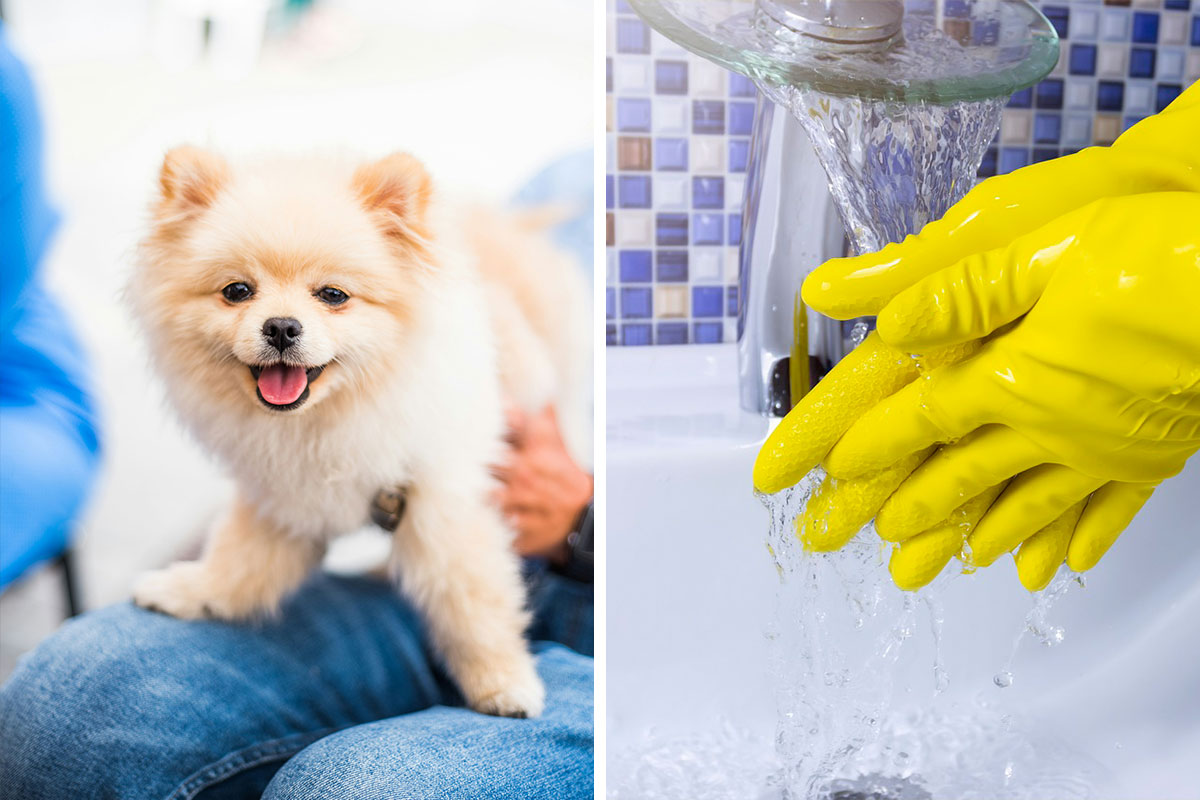
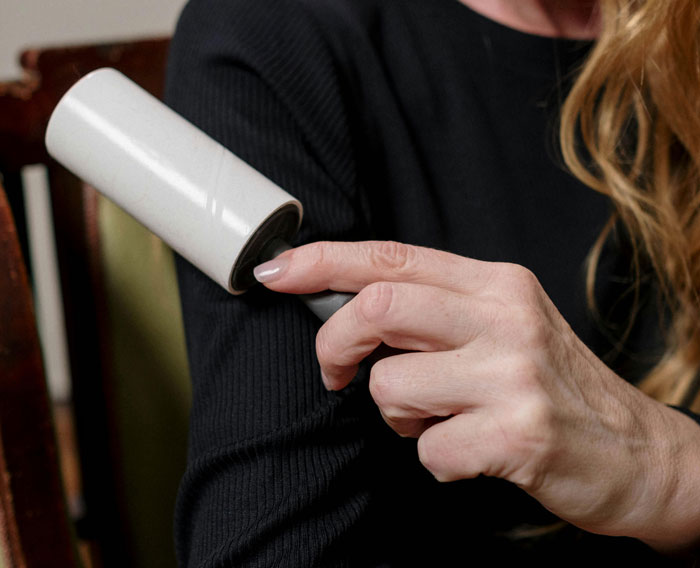 Image credits:
Image credits: 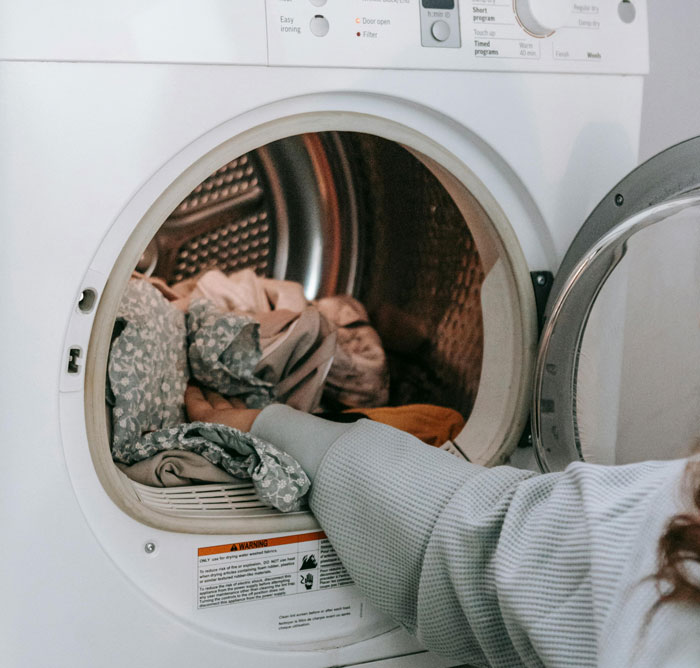 Image credits:
Image credits: 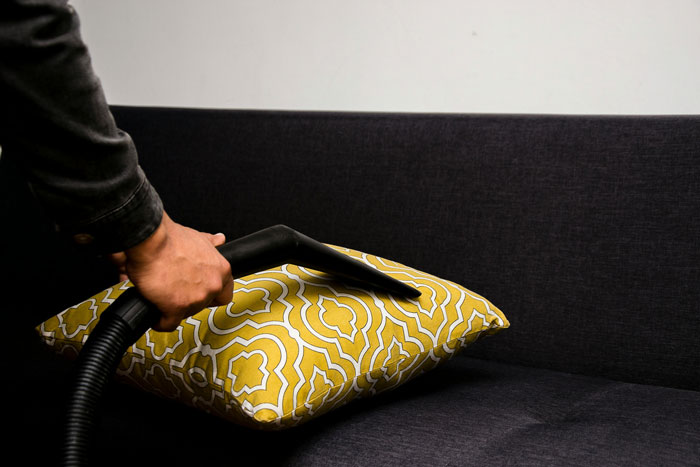 Image credits:
Image credits: 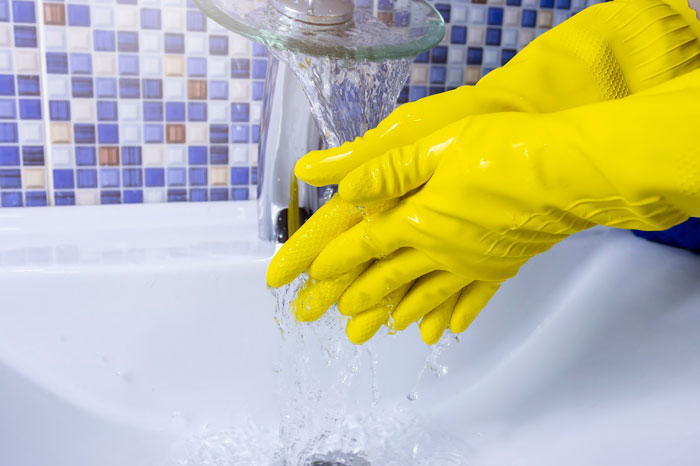 Image credits:
Image credits: 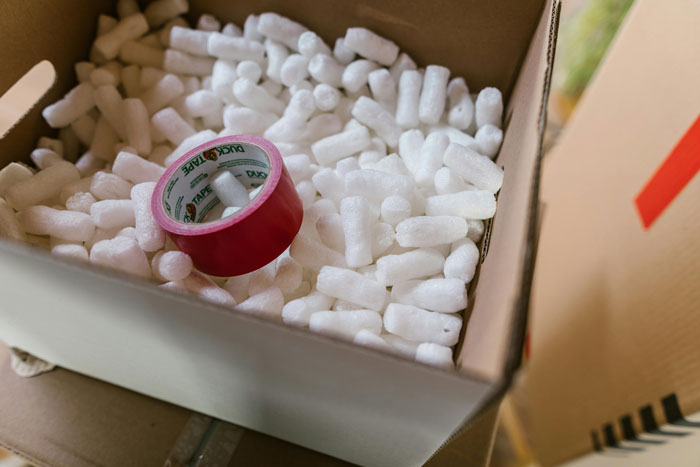 Image credits:
Image credits: 





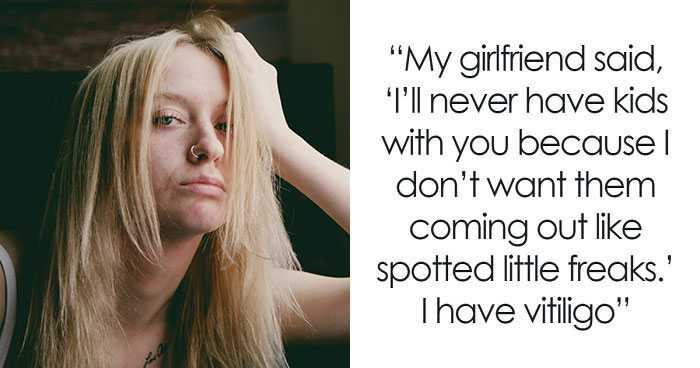







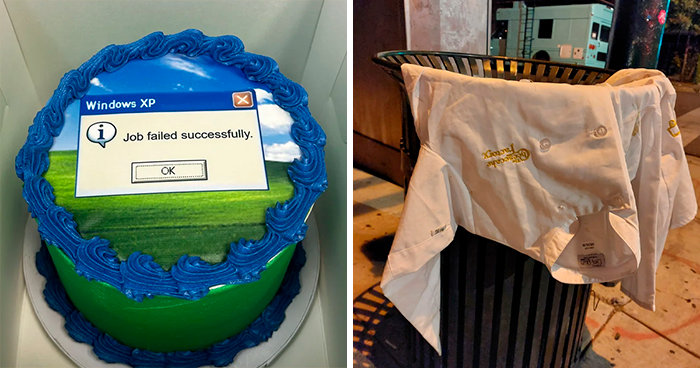

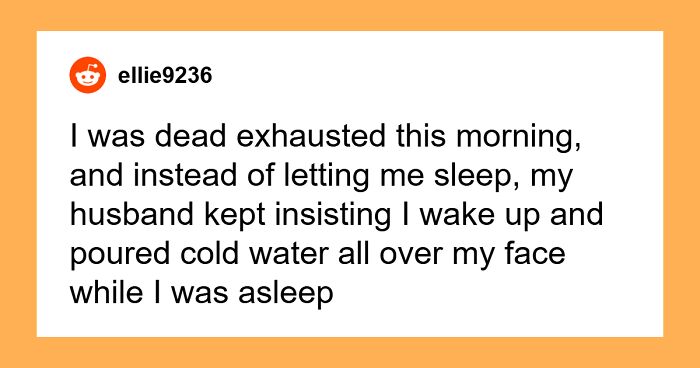
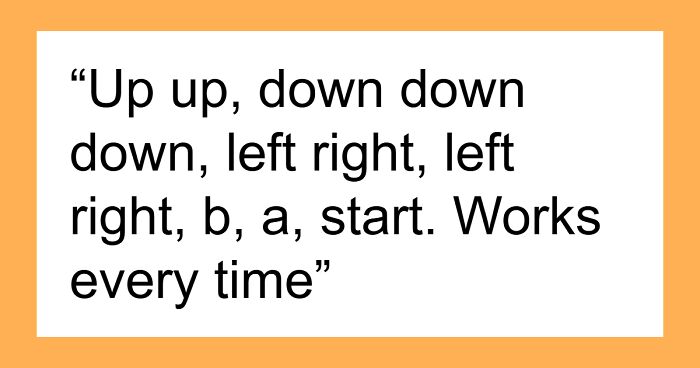



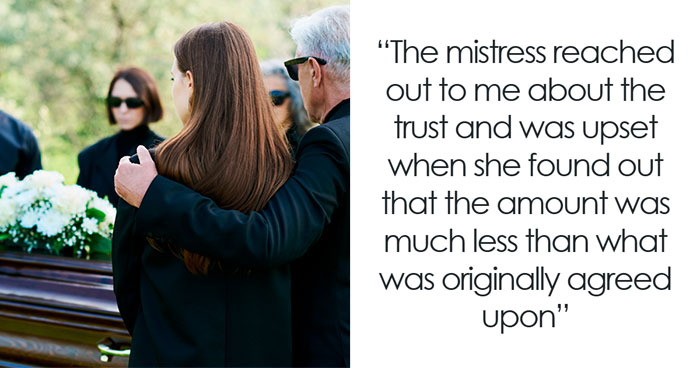
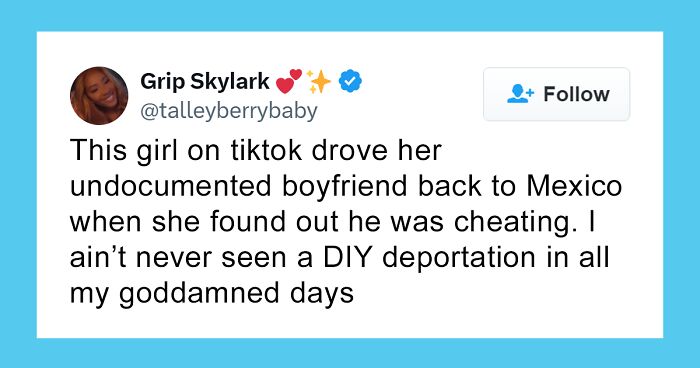
1
1